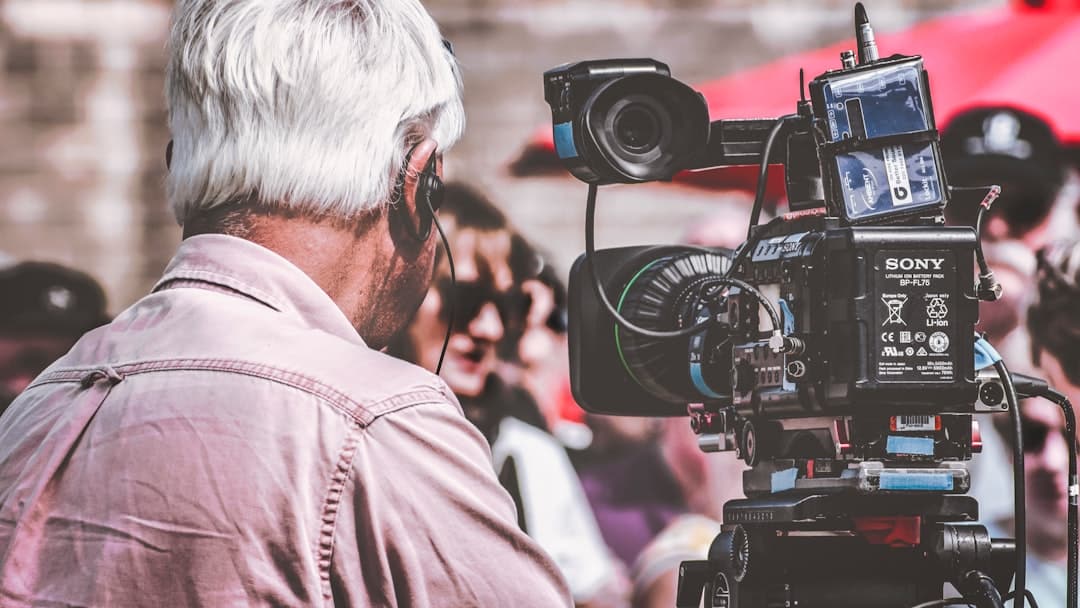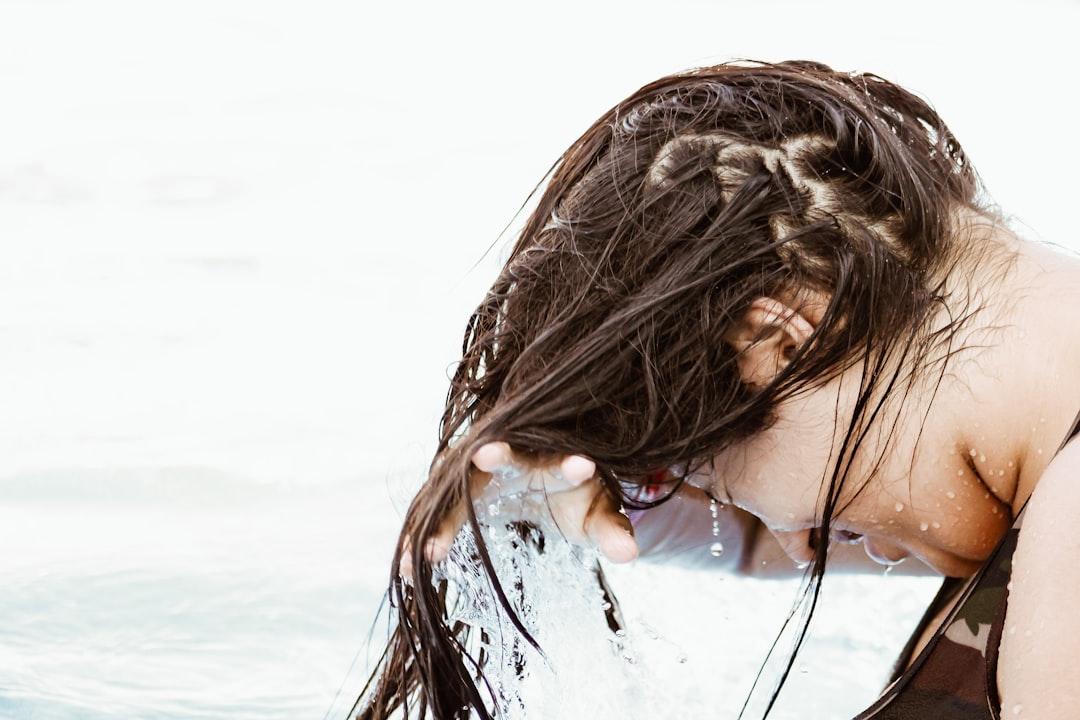|
IN BRIEF
|
Creating a portrait that attracts everyone’s attention is a subtle art, combining technique and emotion. Great artists have for centuries mastered this delicate balance to capture not only the physical appearance of their subjects, but also their deeper essence. In this article, we will reveal the secrets of these masters of portraiture, from practical tips to inspiring anecdotes, to help you create works that will speak to the hearts of those who contemplate them. Get ready to explore the techniques that will transform your approach to portraiture and make your artistic talent shine.
Capturing the essence of a subject in a portrait is no easy task, but with the right guidance, anyone can learn to create truly captivating works of art. This article reveals the secrets of history’s greatest artists, showing you how to master portraiture techniques to attract attention. We’ll cover aspects such as the importance of emotion, details not to be overlooked, and why practice is essential to perfecting your art.
Understand your topic
The first step towards creating a successful portrait is to understand your subject. Whether it’s a person, an animal or even a still life, it’s essential to know the particularities that make your subject unique.
Observe carefully
Before even touching your brush or pencil, take the time to observe carefully. Note the features particularities, expressions, and even small imperfections. These details are what make their portrayal authentic and engaging.
Capture the emotion
A captivating portrait is one that manages to convey palpable emotion. Great artists strive to depict not only the physical features but also the soul of the subject. Take the time to chat with your model, to learn more about their emotions and moods. Use this information to guide your work.
Master the technique
Although the artistic plays a crucial role, the technique is the basis. Here are some technical aspects not to be overlooked.
Choose the right tools
The choice of tools has a significant impact on the final result. Whether you use pencils, pastels, oil paints or watercolors, each medium has its particularities. For example, the oil paintings allow for subtle blends of colors, while colored pencils provide exceptional precision.
Master proportions
Proportions are a fundamental element in creating a portrait. Even the most expressive artists adhere to a certain level of proportionality to ensure accurate representation. THE grids or the construction line method can be helpful in keeping the proportions right.
Working with light and shadow
Managing light and shadow can transform a flat portrait into a vivid representation. Artists use techniques such as sfumato or chiaroscuro to give depth and volume to their works. Observe how the light interacts with the face and reproduce this effect carefully.
| Key elements | Secrets of the artists |
| Composition | Use the rule of thirds for visual balance. |
| Lighting | Create soft shadows to add depth. |
| Colors | Choose a harmonious palette that evokes emotions. |
| Phrases | Capturing authentic moments for more truth. |
| Background | Use a background that highlights the main subject. |
| Techniques | Experiment with different textures and styles. |
| Storytelling | Tell a story through portraiture for emotional impact. |
Artistic Techniques
- Use contrasting colors
- Mastering light and shadow
- Experiment with textures
- Add unique details
- Work on expression
Practical Tips
- Observe subjects carefully
- Choosing good lighting
- Use a minimalist background
- Take your time to refine
- Receive constructive feedback
The details that make the difference
Small details often make the difference between a good portrait and an exceptional portrait. Here are some things to consider.
The eyes
They are often described as windows to the soul and for good reason. Eyes add a strong dose of expressiveness to any face. Don’t neglect reflections in the eyes; they make them more living.
The skin
Skin texture is also essential for a realistic portrait. Vary your techniques depending on the area: use subtle touches for smooth areas and more pronounced textures for wrinkles and features. Remember that skin has multiple tints and shades.
Hair
They can be particularly difficult to return. Work in layers and vary the brush or pencil strokes to recreate individual strands. Light highlights will give a more natural and realistic look.
Practice and perseverance
As with any skill, practice is crucial. Continue to improve by following these guidelines.
Look back at your first works
It is instructive to look back and evaluate your old works. Identifying your mistakes and areas for improvement will help you progress.
Study other artists
Get inspired by the great masters by studying their techniques and styles. Visit museums, read art books, and follow online tutorials to enrich your skill set.
Do some quick studies
Quick studies – or quick 5-10 minute drawings – are a great way to improve your accuracy and ability to capture the essentials in a short time. It also helps you develop your speed of execution and observation.
Create emotionally engaging works
For a portrait to be truly captivating, it must be on an emotional level. Here’s how to reach this level.
Connect with your topic
It’s easier to capture emotion if you’re emotionally connected to your subject. The more you know your model, the more you will be able to reflect their personality and emotions on your canvas.
Use symbols and metaphors
Sometimes adding symbols or visual metaphors can enhance the emotionality of a portrait. For example, a specific background or symbolic objects can add layers of meaning to your work.
Experiment with colors
Colors have a strong psychological impact. Use warm colors to express energy and vitality, or cool colors to evoke tranquility or sadness. The color palette should match the emotion you want to convey.
Conclusions from renowned artists
Finally, it’s interesting to see what renowned artists have to say about the process of creating captivating portraits. Their advice often comes from decades of experience and can offer valuable perspectives.
Learn from Leonardo da Vinci
Leonardo da Vinci, undisputed master of portraiture, believed in the importance of careful observation. His sketches are famous for their detail and precision. Da Vinci said: “The eye sees a thing more clearly in dreams than when awake.”
Listen to Frida Kahlo’s advice
Frida Kahlo, known for her intense self-portraits, advocated brutal honesty in portraying oneself. She often said that every portrait must contain a piece of the artist’s soul.
Integrate the teachings of John Singer Sargent
John Singer Sargent, famous for his portraits of high society, extolled the importance of color and light. “Light is what reveals character,” said Sargent.
By taking inspiration from these tips and applying these techniques, you’ll be well-positioned to create portraits that not only captivate everyone’s eyes, but also tell a deep and emotional story. Immerse yourself in this fascinating world and let your talent flourish.
A: A captivating portrait should include good lighting, authentic expression of the subject and careful composition.
A: Use natural lighting if possible, such as soft morning or afternoon light, or opt for diffusers if using artificial lights.
A: The background should complement the subject without distracting from it. Opt for simple or blurred backgrounds that highlight the portrait.
A: Create a relaxed environment, engage in conversation, and use laughter or anecdotes to elicit natural expressions.
A: The rule of thirds is an effective technique. Position your subject off center for interesting visual balance.
A: It depends on your personal style. Digital photography offers more flexibility, while film can provide a certain unique aesthetic.
A: Use meaningful accessories, choose outfits that represent them, and choose locations that are meaningful to them.
A: Be subtle in editing. Focus on improving color and contrast without overdoing facial changes.





